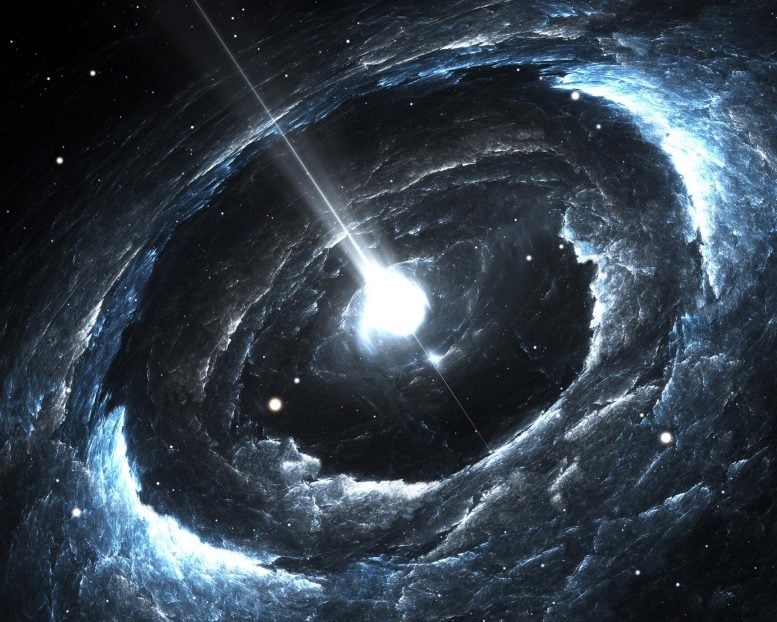
An artist’s concept of a pulsar.
New finding offers clues to “missing” pulsars.
MSPs, or millisecond pulsars, are evolved neutron stars with brief spin periods that underwent extensive mass transfer during a low-mass X-ray binary phase. MSP formation often occurs in globular clusters (GCs), which are collections of tens of thousands or millions of stars. However, until recently, only one MSP had been detected in NGC 6397, one of the two GCs nearest to Earth.
Now, scientists not only have discovered a second pulsar in our neighboring GC, but they also understand more about why other pulsars have “gone missing.”
Dr. Zhang Lei of the National Astronomical Observatories of the Chinese Academy of Sciences (NAOC) identified a new 5.78 ms-period MSP in an eclipsing binary system while observing NGC 6397 with the Parkes radio telescope in Australia. The MeerKAT radio telescope in South Africa confirmed this finding.
NGC 6397B is only detectable when the pulsar is on the side of its orbit that is closest to the viewer. It has the longest observed orbital period of any GC eclipsing binary, at 1.97 days. This orbital period is also compatible with the previously discovered X-ray source U18, which was previously thought to be a “hidden MSP.” The recent study has confirmed that U18 is NGC 6397B.
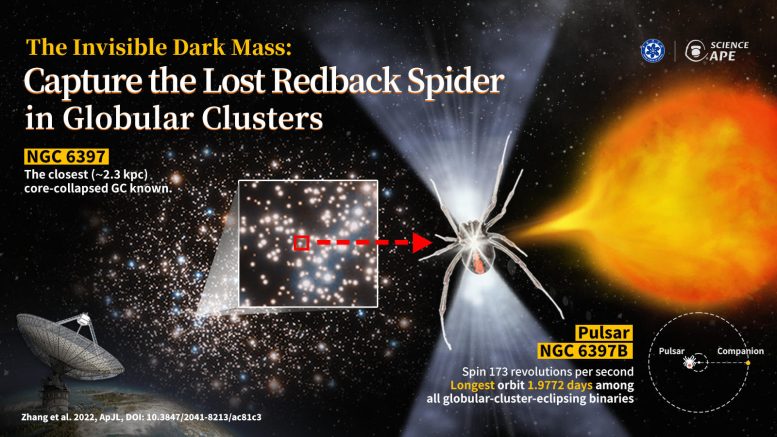
Radio detection of an elusive millisecond pulsar, PSR J1740-5340B (NGC 6397B), in the Globular Cluster NGC 6397 with the Parkes radio telescope in Australia. Credit: NAOC/ScienceApe
The work was recently published in The Astrophysical Journal Letters.
Prof. Li Di of NAOC, the corresponding author, organized the first coherently de-dispersed search for new pulsars in NGC 6397 using the ultra-wideband low (UWL) receiver system recently installed on the Parkes radio telescope.
Dr. Zhang found the new pulsar using data from the Parkes radio telescope’s initial observation on April 12, 2019. Over a three-year period, the Parkes radio telescope made 39 observations, along with two observations from the MeerKAT radio telescope.
A notable characteristic of NGC 6397B is the faintness of its radio signal and extended radio-quiescent periods. The researchers suggested that NGC 6397B may represent a subgroup of extremely faint and heavily obscured binary pulsars. According to the researchers, this could explain the apparent overabundance of isolated pulsars in the dense cores of GCs, where stellar interactions are expected to preferentially result in binaries. In other words, binaries may not be absent – they may just be hard to detect.
According to the researchers, these faint pulsars are hard to pick up in radio bands either because they are embedded in clouds of plasma or are actively accreting matter due to their companion stars.
Future research may test whether these explanations correctly describe why few binary pulsars have been found in GCs.
Reference: “Radio Detection of an Elusive Millisecond Pulsar in the Globular Cluster NGC 6397” by Lei Zhang, Alessandro Ridolfi, Harsha Blumer, Paulo C. C. Freire, Richard N. Manchester, Maura McLaughlin, Kyle Kremer, Andrew D. Cameron, Zhiyu Zhang, Jan Behrend, Marta Burgay, Sarah Buchner, David J. Champion, Weiwei Chen, Shi Dai, Yi Feng, Xiaoting Fu, Meng Guo, George Hobbs, Evan F. Keane, Michael Kramer, Lina Levin, Xiangdong Li, Mengmeng Ni, Jingshan Pan, Prajwal V. Padmanabh, Andrea Possenti, Scott M. Ransom, Chao-Wei Tsai, Vivek Venkatraman Krishnan, Pei Wang, Jie Zhang, Qijun Zhi, Yongkun Zhang and Di Li, 28 July 2022, The Astrophysical Journal Letters.
DOI: 10.3847/2041-8213/ac81c3

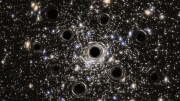



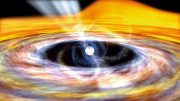
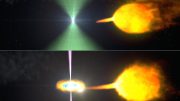
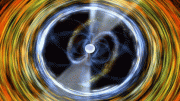

Be the first to comment on "Why Have Pulsars “Gone Missing” – A New Finding Offers Some Answers"